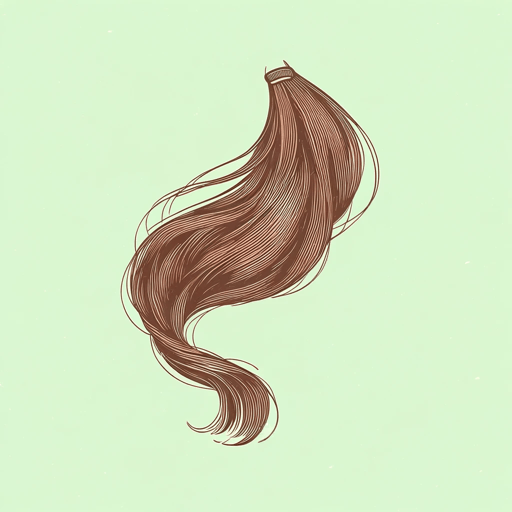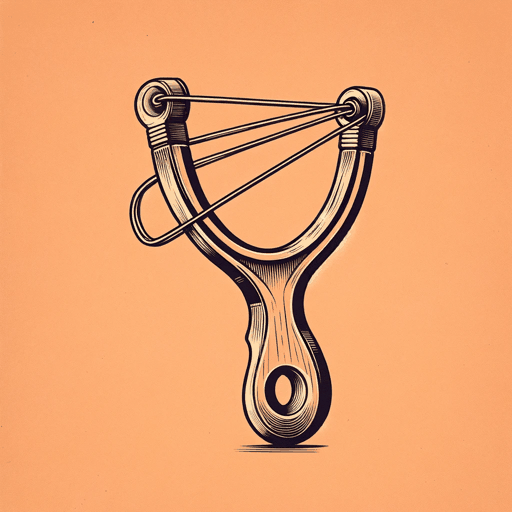24 pages • 48 minutes read
O. HenryThe Last Leaf
Fiction | Short Story | Adult | Published in 1907A modern alternative to SparkNotes and CliffsNotes, SuperSummary offers high-quality Study Guides with detailed chapter summaries and analysis of major themes, characters, and more.
Literary Devices
Personification
Personification is a literary device that humanizes an inanimate object, abstract quality, or a force of nature. In “The Last Leaf,” both the wind and pneumonia are personified. Pneumonia is referred to as a “cold stranger” who “walks around touching one person here and another there with his icy fingers” (13). Henry even gives the disease a title, Mr. Pneumonia, and describes him as “not a nice old gentleman […] [who] touched Johnsy with his cold fingers” (13). This serious illness lacks chivalry, attacking weak women like Johnsy. Similarly, the season, winter, is also personified as having “cold breath” like a human. It attacks Behrman and becomes a driving force in his demise. The author’s descriptions of Mr. Pneumonia and winter give the reader a chilling feeling of a predator stalking its victims.
Point of View
Henry often uses the limited omniscient third person point of view. Other than direct dialogue, the reader only hears the narrator’s descriptions, seeing things only from the narrator’s point of view. This point of view is more objective and does not provide readers with the characters’ thoughts; the anonymous narrator’s only role is that of an observer.
Related Titles
By O. Henry

After Twenty Years
O. Henry

A Municipal Report
O. Henry

A Retrieved Reformation
O. Henry

Mammon and the Archer
O. Henry

One Thousand Dollars
O. Henry

The Cop and the Anthem
O. Henry

The Furnished Room
O. Henry

The Gift of the Magi
O. Henry

The Ransom of Red Chief
O. Henry

